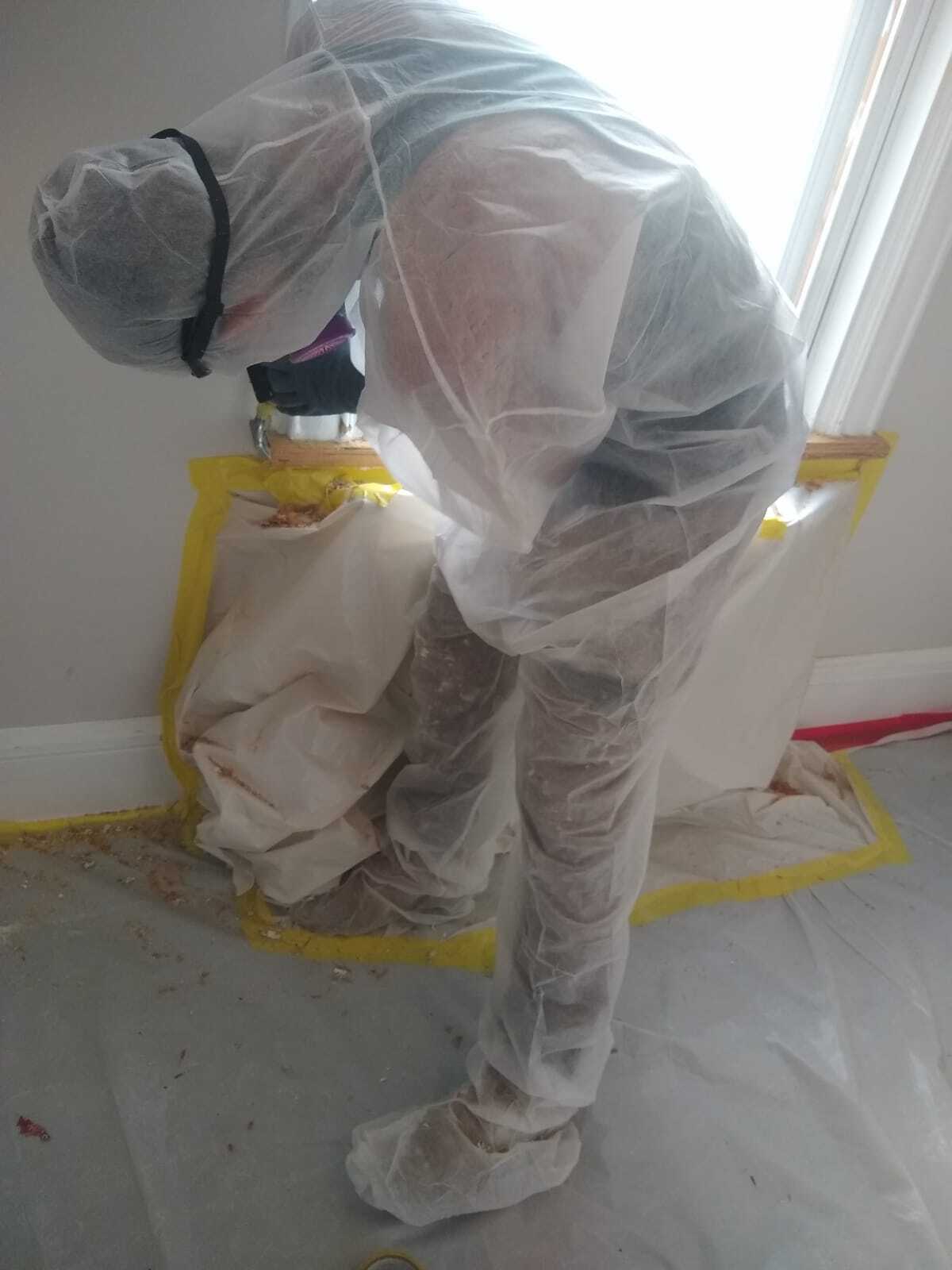Comprehensive Overview on Effective Lead Offense Elimination Techniques
In the world of environmental security, addressing lead offenses demands a careful and structured approach. This thorough guide starts by highlighting the vital preliminary actions of identifying lead dangers via sophisticated evaluation and screening techniques. Methods such as XRF evaluation and dirt clean tasting are vital in determining contamination sources. The overview specifies on the relevance of adhering to rigid security procedures during the removal process, including the use of proper PPE and isolating affected areas. The succeeding sections guarantee to go over post-removal confirmation and precautionary methods, making certain long-lasting security and compliance. Discover the elaborate details that make these strategies not simply reliable yet important.
Determining Lead Hazards
Identifying lead threats is a crucial first action in mitigating the dangers connected with lead direct exposure. Lead, a hazardous metal, can be present in numerous environmental mediums, consisting of paint, dirt, water, and dirt.
The initial phase in identifying lead threats entails comprehending usual lead resources within the constructed setting. Structures built before 1978 are specifically at risk because of the common use lead-based paint throughout that period. Furthermore, soil contamination can happen from weakening outside paint, commercial discharges, or historic use leaded gasoline.
Another substantial source is lead piping and pipes components, which can seep introduce drinking water. Customer products such as playthings, ceramics, and imported items may likewise consist of unsafe lead degrees. Especially, work-related atmospheres and pastimes entailing lead can track pollutants into homes.
Evaluation and Testing
When resolving lead risks, effective analysis and testing are critical. This important step guarantees the identification and metrology of lead visibility, thus leading subsequent remediation efforts. Preliminary assessment normally involves a visual evaluation to recognize potential lead sources, such as deteriorating paint or polluted dirt. This is matched by more rigorous screening approaches to determine the extent of contamination.

Dust clean tasting is another essential strategy, particularly in household setups. By collecting samples from floors, windowsills, and other surface areas, this method offers understandings into potential exposure risks. Dirt testing around building boundaries is essential to identify lead contamination that can present hazards, especially to children.
Safe Elimination Treatments
Upon finishing extensive evaluation and screening, carrying out safe elimination procedures is the following important stage in resolving lead dangers. This procedure ensures that lead-contaminated materials are effectively and securely gotten rid of, minimizing risk to both employees and homeowners. The first top article step entails isolating the damaged area utilizing plastic sheet and proper sealing methods to protect against the spread of lead dirt.
Employees need to wear appropriate individual protective tools (PPE), including respirators, gloves, visit this web-site and non reusable coveralls, to alleviate direct exposure. Utilizing specialized devices and wet methods, such as damp sanding or utilizing HEPA-filtered vacuums, minimizes the dispersion of lead fragments. It is crucial to avoid dry sanding or unpleasant blowing up, as these methods can create damaging lead dirt.
Garbage disposal is an additional vital part; all contaminated products must be securely landed and labeled according to EPA and neighborhood regulations. Furthermore, comprehensive cleaning of the job area with HEPA vacuum cleaners and damp cleaning ensures the removal of residual lead particles.
Post-Removal Confirmation

Confirmation of effective lead elimination, recognized as post-removal verification, is essential to ensure the safety and security and habitability of the remediated location. This process entails a collection of precise analyses and tests created to detect any type of recurring lead fragments that might position health and wellness risks. The initial step commonly consists of an aesthetic examination to examine the conclusion and top quality of the removal work. This inspection makes certain that all known resources of lead have actually been dealt with which no visible indicators of contamination continue to be.
Following the visual evaluation, ecological sampling is carried out. This involves collecting dirt, soil, and in some cases water examples from the remediated area. Approved laboratories assess these examples to gauge lead levels, ensuring they fall listed below the safety limits developed by governing bodies such as the Epa (EPA)
On top of that, air quality screening may be performed to discover airborne lead particles, particularly in cases where extensive lead-based paint removal or restoration has actually happened. read the article The outcomes of these examinations supply measurable information confirming that the lead levels are within allowable restrictions.
Ultimately, post-removal confirmation works as a crucial checkpoint, verifying the performance of the lead reduction efforts and protecting the wellness of passengers and site visitors.
Safety Nets and Maintenance

A key safety net consists of the usage of lead-safe certified contractors for any restoration, fixing, or painting tasks. These specialists are learnt techniques that minimize lead dirt and debris. Furthermore, keeping coloured surface areas to prevent chipping or peeling is important, as weakening paint can launch lead particles into the setting.
Educational initiatives targeting property proprietors and lessees pertaining to the threats of lead and the significance of reporting any potential hazards can even more enhance precautionary efforts. Routine cleaning making use of HEPA vacuum cleaners and damp mopping methods can considerably minimize lead dirt buildup.
Conclusion
In recap, efficient lead offense elimination necessitates a careful method including detailed assessment, precise testing, and strict elimination treatments. Continuous examinations and upkeep are necessary to alleviate future lead risks, consequently protecting public health and wellness and making sure sustained conformity with governing demands.